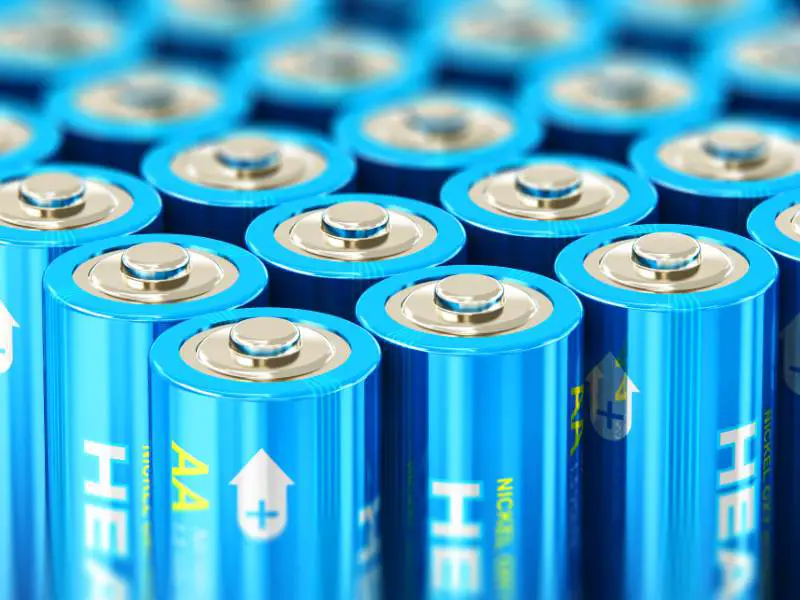
As the adoption of electric vehicles increases so is the demand for rechargeable batteries and their input commodities such as lithium, cobalt, graphite, and manganese. Director of Mining at Modern Corporate Solutions Peter Major says there is a forecast for the short and long-term future of battery metals into the year 2030.
Major says that the demand for battery metals increases therefore Africa needs to equally gear up for a review and altering of unreasonable policies, and, most critically tackle the ailing infrastructure that has for the longest time stood in the way of an effective mining, refining, and exporting process.
i) Cobalt
Cobalt is a vital component for lithium-ion batteries for electric vehicles (EVs) and stationary energy storage, both with increasing global relevance in the transition to a low-carbon economy. According to the International Energy Agency (IEA), the number of electric cars on the road exceeded 16.5 million at the end of 2021. The agency predicts a global electric car stock expansion to almost 350 million vehicles by 2030.
Major emphasizes the importance of mining the much-needed minerals and building pillars that ensure sustainable economies. It is crucial for the continent to think about how to benefit from the demand for cobalt. For Africa to have proper investments it needs to have stable institutions, good infrastructure, a functioning airport, telecommunications, electricity, and highways, and a functioning railroad
Recent report findings from Strait Research say the global market size of cobalt is expected to grow from $8.7 billion in 2021 to over $19.4 billion by 2030 Major states that even though the DRC produces 70% (which will soon jump up to 80%) of the world’s cobalt, the country would not be able to double its production because of the lack of electricity, railroad, decent highways, and telecommunications.
ii) Lithium
Lithium demand has doubled from 255,000 in 2017 to 450,000 in 2022 according to technology company Metso OutoTec. In the next 5 years, the demand is estimated to be on the rise.
The majority of the lithium produced today comes from Australia and South America. In fact, Australia produces almost 50% of the world's lithium offtake. With its world-class infrastructure, judiciary legislation, and financial stability, Australia can certainly increase it.
But when you add Australia with Chile, Bolivia, and Argentina, who are probably another 30 to 35% of the world, they can all benefit hugely from improving their infrastructure and government.
The main sources of lithium globally are in brines and hard rock deposits, which means that production from brines is more economical while hard rock deposits are much more challenging to mine and process.
With Zimbabwe rich in hard rock lithium, finding ways to maintain sustainable production costs, especially on the beneficiation end can become a challenge, but Major points out a streak of hope. Zimbabwe is a very good case in point, because it had a big lithium/tin/tantalum mine online many decades ago, and even though it was always low-grade, it was a huge resource. The country had low costs and its labor costs and productivity were good.
No African country has shown interest to want to alter its policies and legislations to curve the demand, however, this depends on the government if they want to. While it is likely that lithium-ion will remain the dominant battery technology for now, there are plenty of potential long-term challengers namely sodium-ion, solid-state batteries, and lithium-sulfur.
iii) Manganese
Manganese decreases the combustibility of EV batteries, which is problematic with cobalt-infused lithium-ion batteries. Market Research Future (MRFR) expects the manganese market to be worth USD 32 billion by 2030, and it is projected to witness a compound annual growth rate (CAGR) of 5%. Battery Junior (BJ), a battery research company, has revealed that although existing lithium iron phosphate (LFP) batteries are viable and cobalt-free, they suffer from low energy density and limited driving range.
Manganese is therefore increasingly becoming the go-to metal for EV battery manufacturing. With this trend in place, securing safe and reliable sources of manganese ore and high-purity manganese is becoming the number one priority of battery and automotive manufacturers worldwide. South Africa holds the largest reserves of manganese at 640 Mt. By 2030, 150 million battery electric vehicles (BEV) a year will be built with some BEV battery packs weighing up to 500 kg, of which 100 kg will consist of manganese.
iv) Graphite
According to Benchmark Mineral Intelligence, there will be a global graphite deficit starting in 2022. The global graphite market was valued at $19 billion in 2019, and it is projected to witness a CAGR of 7.4% during the forecast period (2020–2030).
Meanwhile, China is at least a decade ahead of the West in terms of its capability of producing batteries and controls 84% of the global supply. It is also presumed that the country will likely want to keep many of the materials for itself. China produces 70% of natural graphite.
South Africa also stands a great chance of benefitting from the upcoming battery metals boom. Major has put his confidence in African lithium, copper, and graphite producer, Marula Mining. “I’m biased because I’ve done a lot of work for a little company called Marula and it is so small and nimble, has great deposits and it’s getting on the very bottom of the cost curve buying. I’m partial, but I think it’s worth looking at the company’s deposits to make sure that the deposits are economic and long life,” Major concludes.
Source:
i) Hlengiwe Motaung (2023) Battery metals outlook: How can Africa leverage demand?




